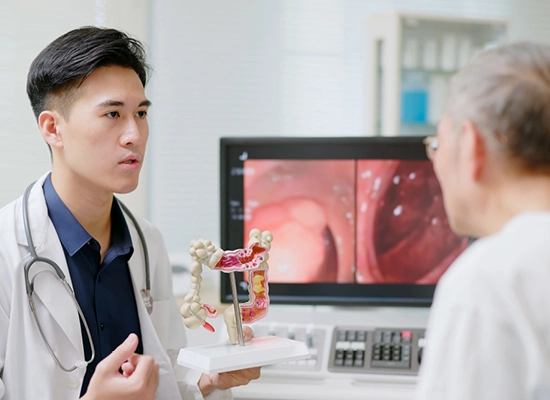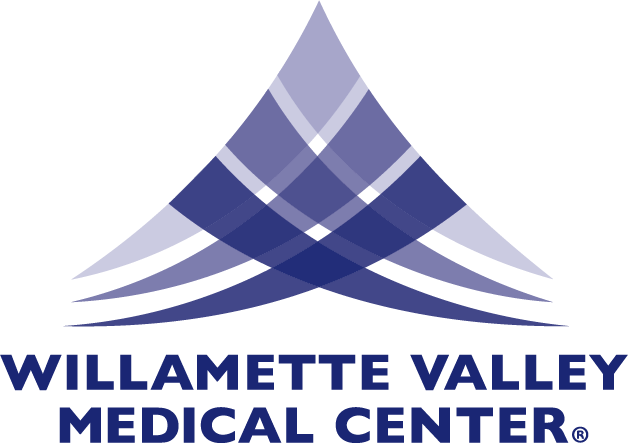Endoscopy & Colonoscopy

With advances in technology come less invasive methods of surgery that speed patient recovery. One of the most important advances in recent years is endoscopic surgery. Willamette Valley Medical Center has two state-of-the-art endoscopic towers to aid diagnosis. This equipment offers benefits to both patients and staff. Diagnosis and treatment can be faster and extremely accurate because of the high-resolution cameras. Physicians have more control of the light source and can take high-quality digital photos.
As technology continues to advance, Willamette Valley Medical Center is committed to providing physicians and surgeons the tools they need to provide you and your loved ones the very best care.
Next Steps
Are you looking for a physician?
For more information, contact us today.
Colonoscopy
Take a Colon Health Assessment
Colonoscopy is a test that allows your doctor to look at the inner lining of your large intestine. Prior to the test the colon will need to be cleaned out by taking bowel prep as instructed by your physician. A long, flexible tube with a camera is used to look at the large intestine. This procedure is done under sedation with specialty trained staff. A colonoscopy should be completed beginning at age 50 for routine screenings unless you have a family history of colon cancer. If you have a family history please contact you physician on the recommended starting age. These procedures can detect precancerous growths or polyps, ulcers, diverticulosis, areas of inflammation, or bleeding sources.
Upper Endoscopy
Upper Endoscopy is also known as EGD or Esophagogastroduodenoscopy. This procedure is done under sedation with specialty trained staff. The physician uses a short, flexible tube with a camera to visualize the lining of the upper gastrointestinal tract. This procedure is often used to diagnose symptoms such as persistent heartburn, bleeding, nausea, vomiting, abdominal pain, difficulty swallowing and unexplained weight loss.
Capsule Endoscopy
This is a patient friendly way to visualize your small bowel. The capsule is about the size of a multi-vitamin, which contains its own camera and light source. After the capsule is swallowed it will capture images of the small bowel as it travels through the small intestine. These images are transmitted to a recording device that is to be worn across the body for 8-12 hrs. There is no need for sedation and normal activities can be resumed during the procedure. After the test is complete the recording device is returned, a physician will interpret the results.
pH Monitoring
This is a minimally invasive test for the evaluation of heartburn or related symptoms. Our state-of-the-art testing system involves a miniature pH capsule, approximately the size of a gelcap that is attached to the esophagus. This procedure is done under sedation with specialty trained staff. During the testing period, information will be transmitted to a small receiver worn on the waistband. The testing period will last for 48hrs and then the receiver will be returned and a physician will interpret the results.
Esophageal manometry
Esophageal manometry is a test used to assess pressure and motor function of the esophagus. The test will help aid in the evaluation of how well the muscles in the esophagus work to transport liquid or food from the mouth to the stomach. This procedure can test for causes of gastric reflux, heartburn, difficulty swallowing and undiagnosed chest pain. The procedure is performed by a nurse and does not require sedation. During the procedure a small catheter will be placed through the nose and into the esophagus. After the data is collected the catheter is removed and a physician will interpret the results.
Hemorrhoidectomy
This is a non-surgical procedure that utilizes simple, gentle and effective technology treatment for low grade hemorrhoids. This short procedure uses low treatment temperature which minimizes tissue damage and has minimal pain.
Bronchoscopy
Bronchoscopy is a procedure that allows your doctor to look at the airway through a thin tube called a bronchoscope. The physician will be able to examine the throat, larynx, trachea, and lower airway. This procedure is done under sedation with specialty trained staff.
